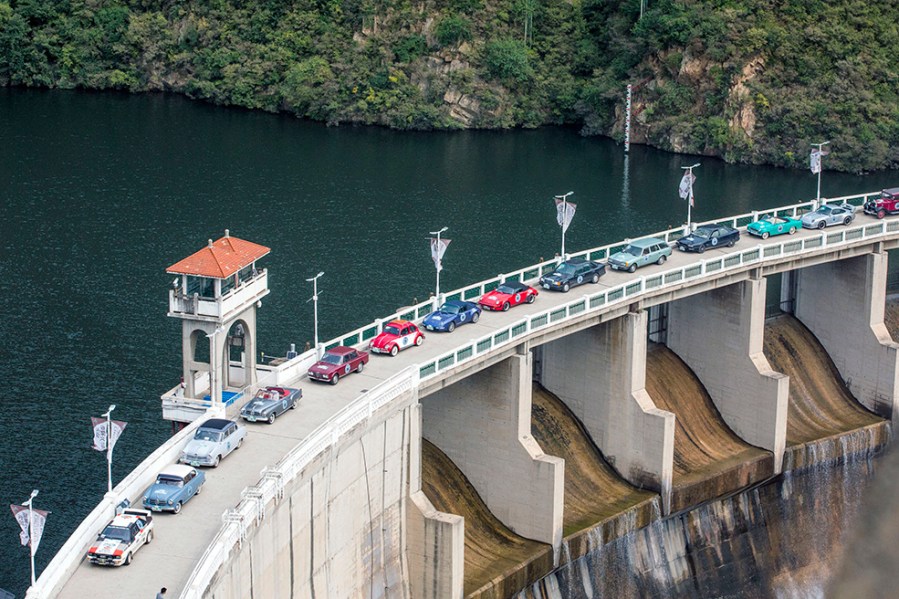A survey commissioned by FIVA, the international federation for historic vehicles, has revealed the huge financial contribution historic vehicle enthusiasts make to local and national economies, as well as confirming the typically low annual mileage of historic cars.
The survey was conducted in late 2020 and saw nearly 55,000 enthusiasts take part from around the world. It shows that the average enthusiast spends €3800 per year directly on their vehicle or vehicles, including insurance, repairs and restoration, storage, servicing and fuel. With non-direct spending added, such as food and drink, tickets and accommodation, this rises to €4858. The total spending by the 2m enthusiasts represented through FIVA member clubs alone is an estimated €10bn per annum.
The survey also revealed that average historic vehicle is taken out 15 times a year and travels 1413km (878 miles) – in line with the FBHVC’s most recent findings of 16 times a year, but below its 1200-mile distance. Historic vehicles are primarily used for leisure, with runs averaging 88km (55 miles).
As for clubs, they average 380 members, but 32 per cent have 50 or fewer members, while 13 per cent have 500 or more members. The average club member is 56 years old, and the average member fee is 36 Euros a year. Clubs typically organise 15 events each year covering a hugely diverse range, but they are not just about numbers – their value extends to various supporting services such as encouraging enthusiasts to maintain their vehicles in good working condition and providing technical advice.
Lars Genild, Chairman of the FIVA Legislation Committee, said: “Our figures show the very significant economic contribution by the historic vehicle movement to both local and national economies. It’s also critical to note that – at a time of changing attitudes towards the use of motor vehicles – historic vehicles, on average, travel extremely low distances and are primarily used for leisure purposes only.
“Meanwhile, our survey highlights the far-reaching value of historic vehicle clubs not only to individual enthusiasts but also, through events and activities, to society as a whole, preserving automotive heritage as a rolling museum for generations to come.”






